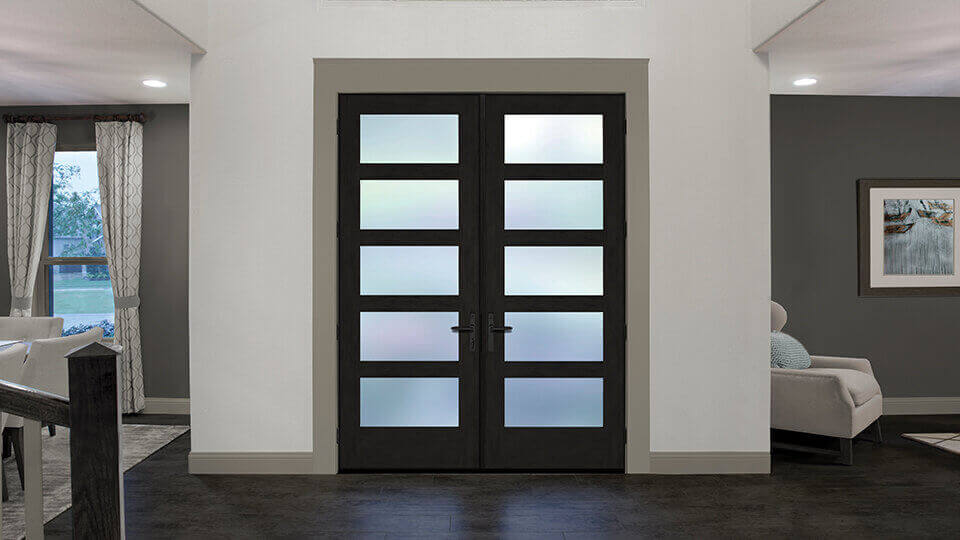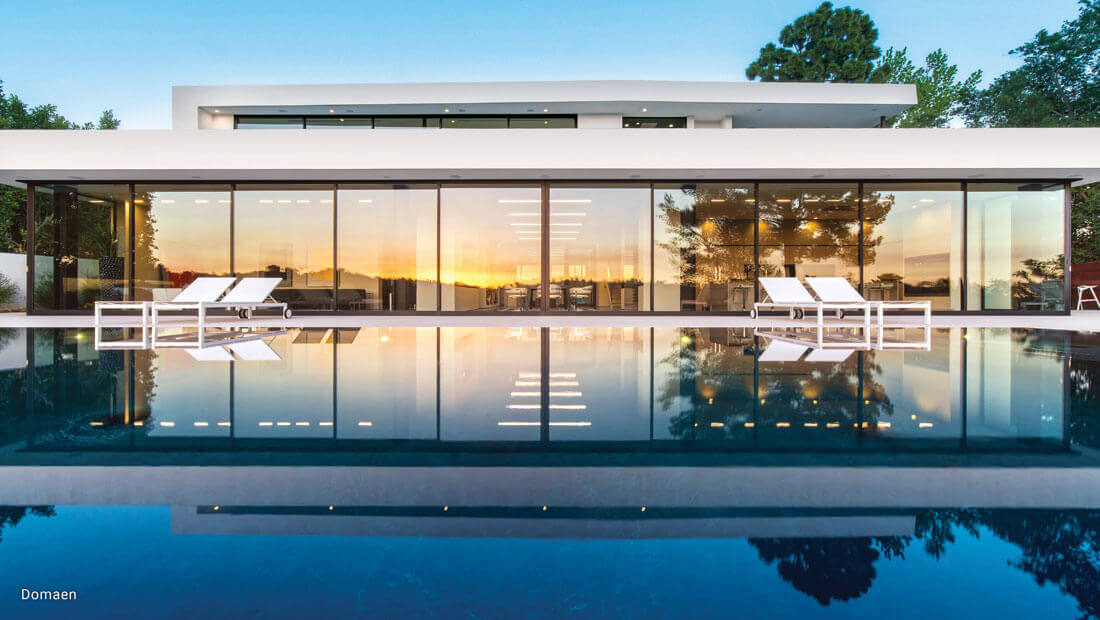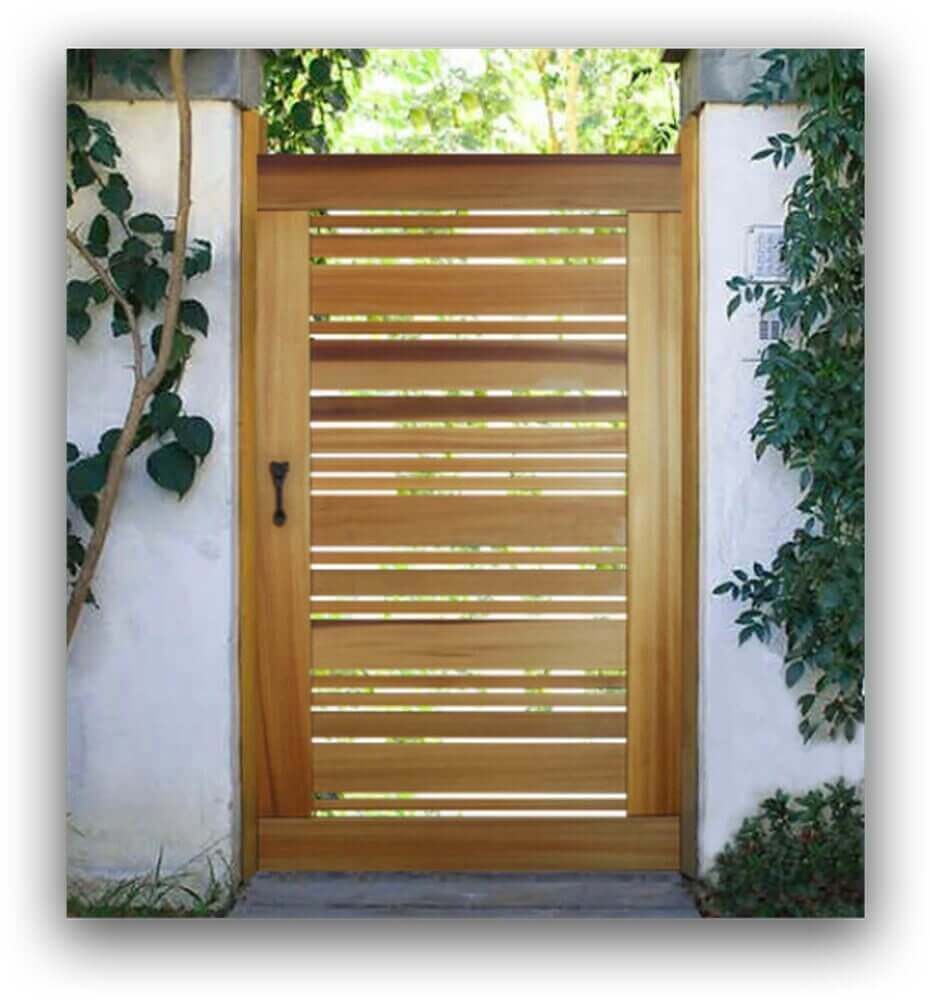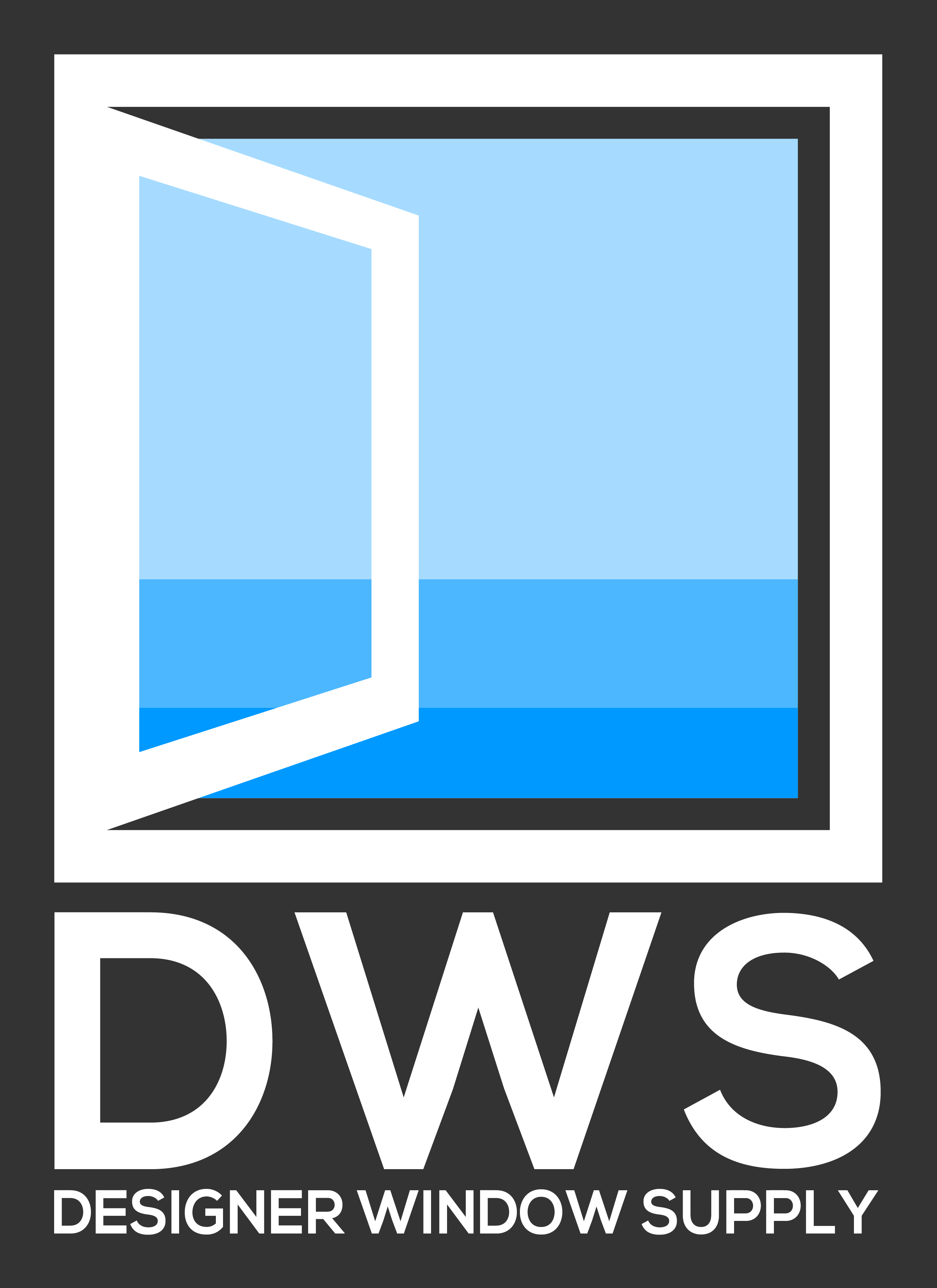5 Things to Consider when Selecting your Entry Door
Renovation on the Rise: Surprise Family and Friends with a NEW ENTRY DOOR! COVID Vaccinations allow Homeowners to Reconnect with Loved Ones!
After two years of living with a global pandemic and staying physically apart, homeowners are excited to welcome family and friends back into their homes. Why not surprise them with a new front door! This article will help you make a big impact on your home by giving your front yard a new look without breaking your budget. This is the first feature of your home to greet family and friends. Here are 5 tips to consider when designing your Entry door system.
#1 – You
While it sounds obvious, “your home is a reflection of you,” this can be a difficult task to convey in an Entry door system. There are thousands of door manufactures and door models to choose from, along with the added cost to hire an architect or designer to help guide you through your purchase. We recommend you start with describing your personal style preferences through comparisons, such as classic/trendy, subdued/eye-catching, culturally inspired/contemporary, and so on, then, if you’re still not settled, decide what message do you want your front door to say to visitors? These questions will help you narrow down your online search of Entry doors that you can save to a Pinterest or Houzz board. Check out one of our boards here.
#2 – Architectural Style
In conjunction with Tip #1, is to consider the compatibility between your personal style and your existing home’s architectural style. For example, San Diego has an array of architectural influences and history, from the craftsman style of Mission Hills, to the Victorian painted ladies and Cape Cod inspired homes in Coronado, the Mission influenced style of Irving Gill, the laid-back beach bungalows sprinkled along the coastline, the ranch style homes of the hillsides and mountains of Rancho Santa Fe, Poway and Temecula, and the world-famous contemporary designs of Wallace E. Cunningham. Having an awareness of your home’s architectural influences will help narrow down your front door options that you can spice up with custom design accents (ironwork, glass, painting or staining, and distressing the wood, to name a few) to reflect your personal style. Need some more help with design ideas, search our website by LOCATION for some helpful ideas. Or, if you are ready to get started, please give us a call (858-793-0339) to schedule a job site visit.

# 3 – Visibility
There are several layers of visibility that inform an entry door. The first is curbside view. We like to start by standing at street level and looking at your house as visitors’ approach. Are they met with a driveway, front yard, security fencing, gate, or walls? If your front door is NOT visible at the street, then move to the closet vantagepoint of the house, including the front yard in your equation. If your front yard lends privacy to your entry doors, visibility takes on a second meaning, allowing light and a visible interior to occupy your selection. Otherwise, a more traditional front door will provide privacy and security to your home. Recently, Dutch Doors have been very popular, offering flexibility to the traditional, private, entry door while allowing openness, visibility and light into the home.
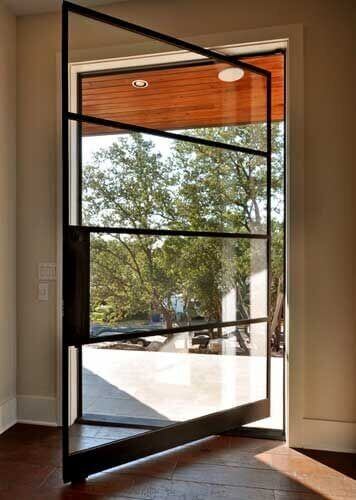
# 4 – Size
Generally, an entry door is 36 inches wide by 80 inches tall and can triple in size from there. Often times there are a pair of French doors to grow the opening to 60 inches or 5/0 (5 feet) as the entry door typically allows for grand impressions, and, functionally, for large furniture to pass through. The scale of your front door in relation to the rest of your house (overhangs and ceiling heights) is also important to maintain proportion. Some common additions to an entry door to accommodate for light and size are side lights (on the side, often flanking the entry door) and transom (above the door, which allows light and maintains security). Check out our Door 101 Vocabulary Sheet for some door industry terminology. Want to talk to a professional? Give us a call at 858-793-0339.
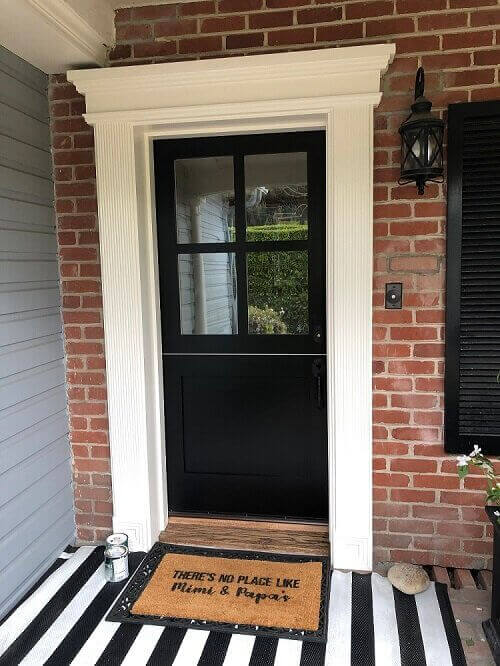
#5 – Functionality/Type/Configuration
Some of our more popular doors are Dutch Door and Pivot Door; both lend well to Contemporary, Transitional, Farmhouse and even Traditional architectural styles. French Doors and Entry Door systems (French door with sidelites) are being updated with new materials, such as steel. Another material-driven design offering is the archtop entry door, which is now more durable due to fiberglass but so beautifully painted that they resemble stained wood. They match the look of wood so closely that the naked eye cannot tell which is true wood and which is fiberglass. Entry doors generally swing in, a design that allows a visitor to enter the home and also provides a continuous threshold.
Simply by replacing your entry door, you can change the look of your home, without breaking the bank. When considering your new entry door, think about materials, size, function, and of course your own personal style. Be sure to consult a professional about the orientation of your home for sun and water exposure and any microclimates that may exist around your entryway. We always recommend reviewing the product warranty, working with licensed professionals, and having a budget that you can break into material and labor.
Want to know more check out our “How it’s Made: Jeld-Wen Aurora Doors” video or contact us about upcoming factory tours. Want a free custom quote or help designing your entry door call 858-793-0339. Or, click on this form to get some general information on Entry door systems that are currently trending.
Like what you read, please leave a comment!


